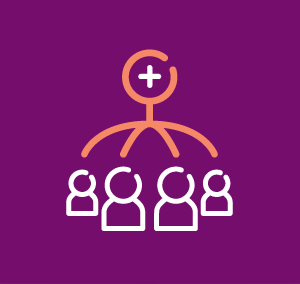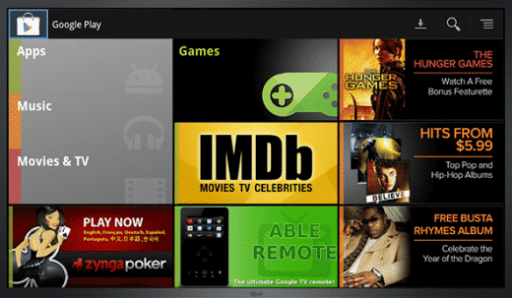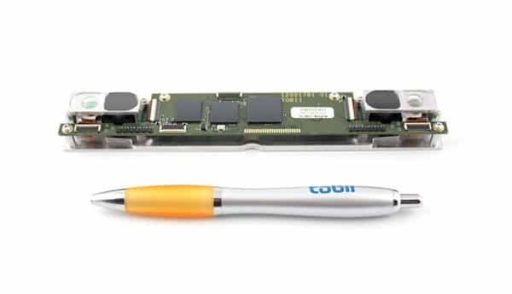Yesterday, we have seen how two recent innovations in the SIM card technology, the plastic card which identifies and authenticates a subscriber uniquely within a network, paves the way for thinner and better mobile devices. Today, I will focus the light on another concept that has the potential to affect the telecom space far greater than the nano-SIM or virtual SIM – a converged subscription model.
According to Ericsson, the world leading telecom vendor, an average user in the US will own five to ten web enabled devices by 2014 and managing subscription for these devices will get complex with current subscription model. To retain customers and offering them a hassle free user experience a device independent all-in-one subscription bundle is necessary. Users should be concurrently able to access any service from any device registered to the subscriber.
To implement a converged subscription model a new solution has to be devised where the network architecture would have be ‘identity-based’, as Malaysian communication provider YTL CEO Wing Lee puts it. Such architecture would enable the subscriber to access the services from any device using a unique user-ID or a routable phone number or any other identifier. The service could be SIM-less like the YTL implementation, or it could use SIM cards to authenticate each device in the network. Whichever approach it chooses, the end result should be a seamless access to converged services by the subscribers.
The Malaysian service provider, YTL, has already implemented a converged subscription model that enables the users to access fully converged services from multiple devices concurrently using the same user ID (as SIP URI) and mobile number (as TEL URI). The SIM-less service is built upon an IMS (IP Multimedia Subsystem) based architecture. Added to that a patent pending architecture, designed by YTL, ‘enables calls and SMSes to be routed concurrently to all devices using either handle (URI).’
Ericsson is also advertising in favor of a unified subscription model as part of their new ‘UNPLUG!’ promotion. Though, much hasn’t been known about Ericsson’s solution architecture, it is evident that they will promote this model in their mobile broadband solution. And, when the leader will march ahead the rest will follow.
With increasing consumer demands for unified subscription models ( 64% of the consumers want single ‘subscription for all current and future connected devices’) service providers will ultimately replace their old subscription models with new ‘unified’ ones.
SOURCE:
YTL: “Identity-based architecture is a key Internet precept”
[ttjad keyword=”general”]




